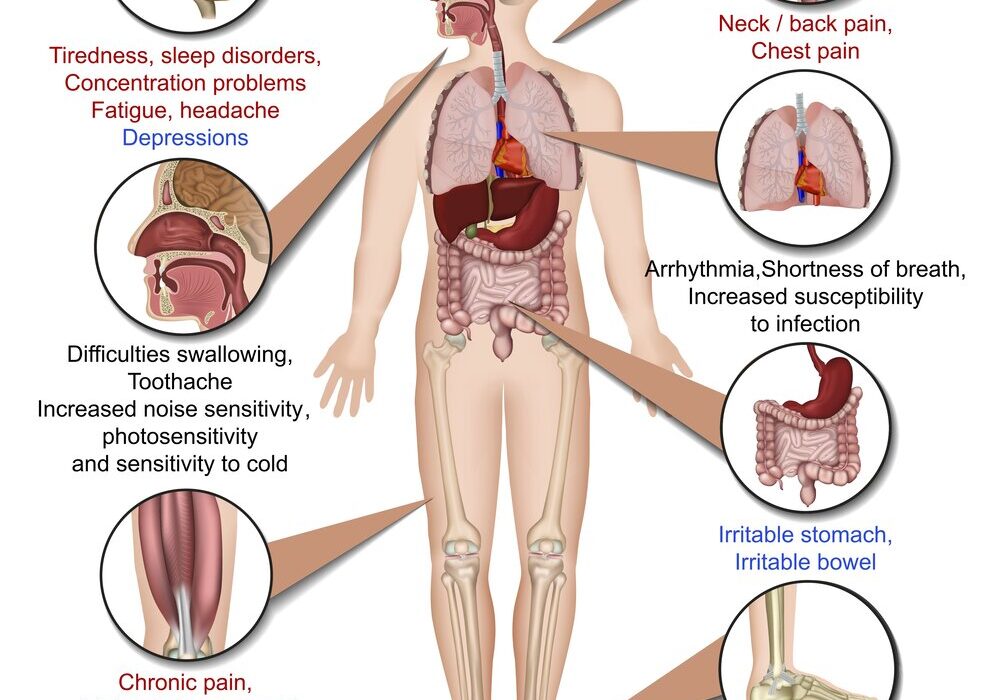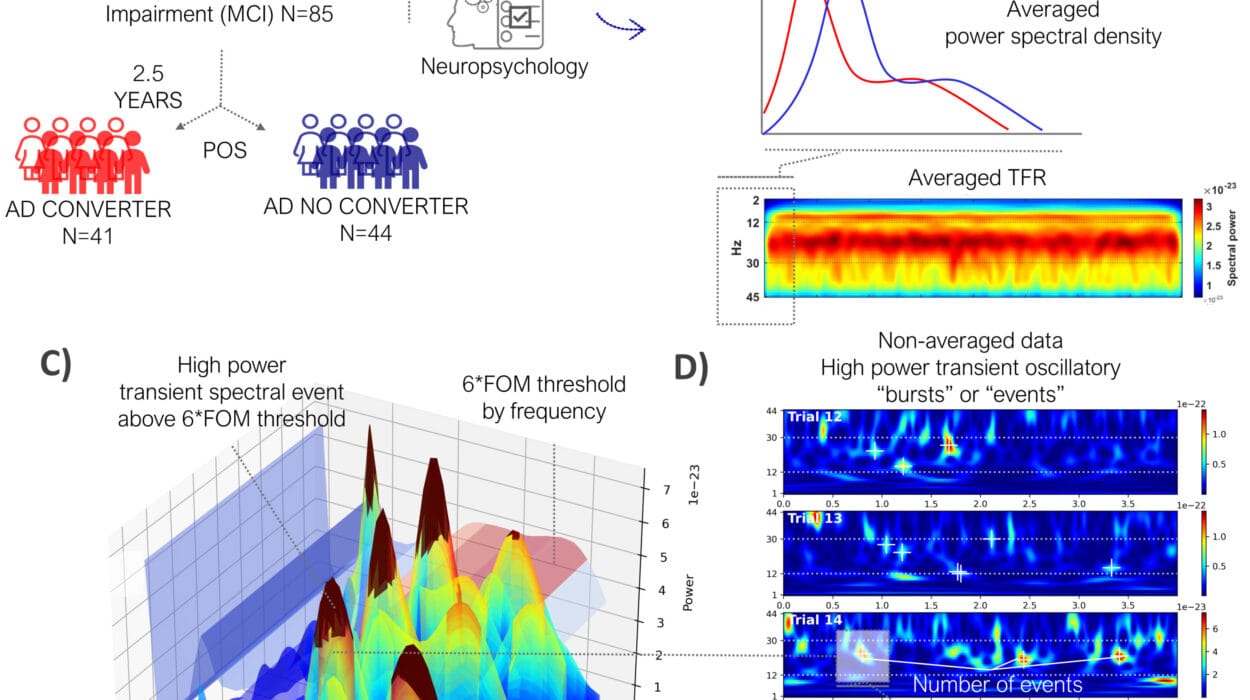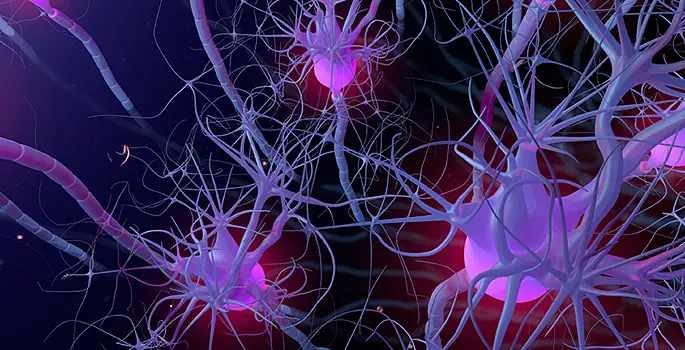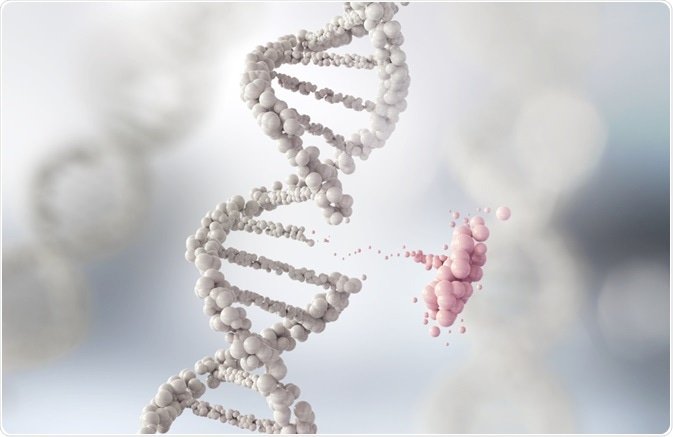When you swallow a small white pill for a headache, it feels almost magical. Within minutes, the pain begins to fade, and normal life returns. A tablet the size of your fingernail can calm a racing heart, fight off infections, or even keep a person alive during a heart attack. To most of us, medicines seem like tiny miracles—but behind every pill is a world of science, biology, and chemistry working together in astonishing harmony.
Drugs are not magic. They are tools that humans have learned to craft and refine over centuries to influence the most intricate biological processes in our bodies. They can heal, but they can also harm if misused. Understanding how drugs work—how they enter the body, find their target, and change the way cells and organs behave—is essential to appreciating both the power and the limits of modern medicine.
This journey into the science of medicines takes us from the moment a drug touches your tongue to the molecular battles it fights inside your cells. It is a story of survival and discovery, of human ingenuity unlocking the secrets of nature to ease suffering and extend life.
From Ancient Remedies to Modern Chemistry
Humanity’s relationship with drugs began long before laboratories and synthetic chemicals. Ancient healers used plants, minerals, and animal extracts to treat ailments. Willow bark was chewed to relieve pain centuries before scientists realized it contained salicylic acid—the basis for aspirin. Opium poppies soothed pain in Mesopotamia 5,000 years ago, long before morphine was purified.
These early remedies worked because they contained naturally occurring chemicals that affected the human body. People didn’t understand receptors or neurotransmitters, but through trial and error, they discovered that certain substances could heal. Over time, civilizations like the Egyptians, Greeks, and Chinese built vast pharmacopoeias of herbal treatments.
The transformation of medicine came with chemistry. In the 19th century, scientists learned to isolate active compounds from plants, turning crude extracts into precise, measurable drugs. Quinine was purified from cinchona bark to fight malaria; digitalis was extracted from foxglove to treat heart failure. With chemistry came synthesis—scientists could now design molecules rather than just discover them. This marked the birth of modern pharmacology and a deeper understanding of how drugs actually work inside the body.
The Journey of a Drug Through the Body
When you take a drug—whether swallowed, inhaled, injected, or absorbed through the skin—it begins a complex journey through your body. Pharmacologists describe this journey using four key stages: absorption, distribution, metabolism, and excretion.
Absorption
For an oral drug, the journey begins in the digestive system. The pill dissolves, releasing its active ingredient, which passes through the stomach and into the intestines. Here, the drug’s molecules cross the intestinal lining and enter the bloodstream. Not all drugs are absorbed equally—some are destroyed by stomach acid, while others need food to help them dissolve. Scientists spend years designing pills to ensure they survive long enough to reach their target.
Distribution
Once in the bloodstream, the drug travels throughout the body. But it doesn’t spread evenly; certain tissues and organs attract or repel drugs based on factors like fat content, blood flow, and molecular structure. Some drugs accumulate in fatty tissue, others in bone or liver. The bloodstream acts like a highway, carrying the drug to the site where it’s needed most.
Metabolism
Before a drug can leave the body, it must often be broken down—a process called metabolism, usually occurring in the liver. Enzymes in liver cells modify drug molecules, making them easier to eliminate. Sometimes metabolism activates a drug (as with codeine converting into morphine), and other times it deactivates it. Differences in metabolism explain why drugs can affect people differently based on genetics or health conditions.
Excretion
Finally, the body removes the drug through the kidneys into urine, or via bile into feces. Some drugs leave quickly; others linger for hours or days. This timing is crucial: take too much too soon, and you risk overdose; wait too long, and the medicine loses its effect.
These four stages—absorption, distribution, metabolism, and excretion—determine how much of a drug actually reaches its target and how long it remains effective. Pharmacologists call this the drug’s pharmacokinetics: literally, “what the body does to the drug.”
Finding the Target: How Drugs Know Where to Act
Medicines work by interacting with molecules in the body, usually proteins like receptors, enzymes, or transporters. These molecules act as switches and signals controlling biological processes. A drug molecule fits into these proteins like a key in a lock, altering their activity and changing the way cells behave.
Receptors and the Language of Cells
Cells communicate with one another using chemical signals—neurotransmitters, hormones, and other messengers. These signals bind to proteins called receptors on the cell’s surface, triggering changes inside the cell. Many drugs mimic or block these natural messengers.
For example, beta-blockers used to treat high blood pressure attach to beta-adrenergic receptors in the heart, preventing adrenaline from binding. This slows the heartbeat and lowers blood pressure. Painkillers like morphine bind to opioid receptors in the brain, dulling the sensation of pain.
Drugs can act as agonists (activating a receptor) or antagonists (blocking it), depending on their structure and effect.
Enzymes and Chemical Reactions
Enzymes are proteins that speed up chemical reactions in the body. Some drugs work by inhibiting these enzymes. Aspirin, for example, blocks cyclooxygenase enzymes that produce molecules causing inflammation and pain. Statins lower cholesterol by inhibiting an enzyme involved in cholesterol synthesis in the liver.
By targeting enzymes, drugs can adjust the body’s chemistry at a fundamental level, slowing or halting harmful reactions.
Transporters and Cellular Gateways
Some drugs act on transporters—proteins that move substances into or out of cells. Antidepressants like SSRIs (selective serotonin reuptake inhibitors) block transporters that normally remove serotonin from synapses in the brain, leaving more serotonin available to improve mood.
Through these mechanisms—receptors, enzymes, and transporters—drugs exert their therapeutic effects with astonishing precision, often influencing just one part of a complex biological system.
The Power of Selectivity and the Risk of Side Effects
An ideal drug would act only where needed, leaving the rest of the body untouched. But biology is rarely that simple. Proteins similar to the drug’s target may exist in other tissues, leading to unintended effects. For example, antihistamines relieve allergies by blocking histamine receptors but can also cause drowsiness because similar receptors exist in the brain.
This is why side effects occur: a drug’s molecules cannot perfectly distinguish between their intended targets and similar ones elsewhere. Pharmacologists strive to design selective drugs that minimize these off-target interactions, but achieving perfect precision is one of medicine’s greatest challenges.
The Dance of Dose and Response
How much of a drug should you take? Too little, and it has no effect; too much, and it becomes toxic. The relationship between dose and response is central to pharmacology.
Drugs bind to their targets in proportion to their concentration in the blood. At low doses, few receptors are occupied, so the effect is small. As the dose increases, more receptors are activated until a maximum effect is reached. Beyond that point, adding more drug offers no benefit and only increases the risk of harmful side effects.
Pharmacologists define a drug’s therapeutic window—the range between the lowest effective dose and the lowest toxic dose. Staying within this window is vital for safe treatment, which is why precise dosing instructions matter so much in medicine.
Building a Medicine: From Discovery to Pharmacy Shelf
Creating a new drug is a long, painstaking process that can take over a decade and billions of dollars. It begins with discovery: scientists screen thousands of molecules to find promising candidates that interact with disease targets.
Promising compounds are refined through medicinal chemistry to improve their potency, safety, and ability to reach their target. Then comes testing: first in laboratory cells, then in animals, and finally in carefully controlled human clinical trials.
Phase I trials test safety in healthy volunteers. Phase II trials study effectiveness in patients with the disease. Phase III trials involve thousands of patients to confirm the drug’s benefits and monitor side effects. Only after passing all these stages does a drug reach pharmacies, where regulatory agencies continue to monitor its safety.
This process is not just about proving that a drug works—it’s about understanding exactly how it works, how it’s metabolized, how it interacts with other medicines, and how it behaves in diverse human populations.
Personalized Medicine: Tailoring Drugs to Individuals
Not everyone responds to drugs the same way. Genetic differences can change how people absorb, metabolize, or react to medicines. This field, known as pharmacogenomics, is transforming medicine into a more personalized science.
For example, some people metabolize the blood thinner warfarin quickly, requiring higher doses, while others metabolize it slowly and risk bleeding even at low doses. By analyzing a patient’s DNA, doctors can adjust drug choices and doses for safer, more effective treatment.
In cancer therapy, personalized medicine has revolutionized care. Drugs can now target specific mutations in tumor cells, sparing healthy tissue and improving survival rates. This precision approach is reshaping the future of pharmacology.
Beyond Pills: Modern Drug Delivery
Medicines no longer come only as tablets or injections. Advances in drug delivery are making treatments more targeted and convenient. Inhalers deliver asthma medicine directly to the lungs. Transdermal patches release drugs steadily through the skin. Nanoparticles can carry chemotherapy drugs directly to tumors, reducing collateral damage to healthy cells.
Biologics—large, complex molecules like antibodies—are designed to bind to disease-causing proteins with incredible specificity. These modern drugs have transformed treatment for autoimmune diseases, cancers, and more.
The Future of Medicines: Smarter, Safer, Stronger
The science of how drugs work is advancing rapidly. Artificial intelligence is speeding drug discovery by predicting which molecules will be effective. Gene therapies are correcting diseases at their genetic root. CRISPR technology promises treatments that can rewrite DNA itself.
One day, medicines may be designed not just to treat diseases but to prevent them entirely, or to repair damaged organs at the cellular level. Smart pills could monitor health from inside the body, releasing drugs only when needed.
Despite these breakthroughs, the fundamental principles will remain: understanding the body’s complex biology, designing molecules that interact precisely with it, and balancing benefits with risks.
Medicines and the Human Story
Drugs have transformed human history. Antibiotics turned deadly infections into treatable conditions. Vaccines wiped out smallpox and saved millions of lives. Insulin turned diabetes from a fatal disease into a manageable condition.
Yet medicines also carry a reminder of humility. No drug is perfect, no cure without risk. The same molecules that heal can harm if misused. The science behind medicines is therefore not just about chemistry and biology—it is also about responsibility, ethics, and the ongoing quest to do less harm while providing more hope.
In every pill and injection, there is centuries of accumulated knowledge. Behind every dose, there are scientists mapping molecular pathways, doctors balancing doses, and patients placing their trust in this intricate science.
Understanding how drugs work pulls back the curtain on this quiet miracle. It reveals not magic, but human ingenuity aligned with nature’s rules, crafting molecules that can tip the scales of biology in favor of healing. And as medicine moves into an even more precise and personalized future, that understanding will only deepen our awe at what is possible when science and compassion work hand in hand.






